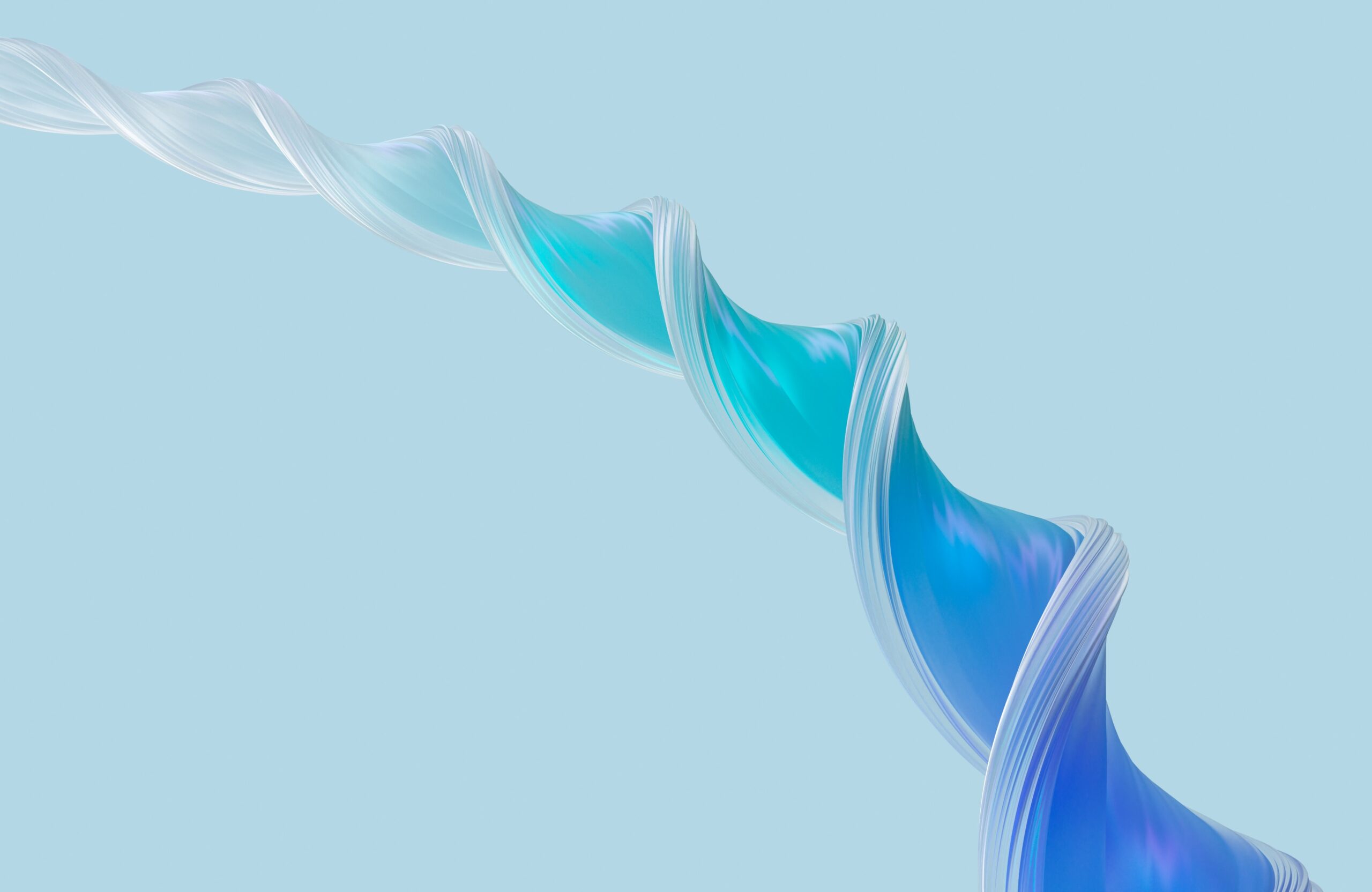In the world of design, marketing, and branding, the importance of color cannot be overstated. Colors play a powerful role in evoking emotions and can move consumers to make a purchase, sign up for that newsletter, or even tell everybody they know about their experience with your brand.
Understanding the psychology behind colors and their emotional impact on consumers can help businesses make informed decisions in their branding, advertising, and product design. In this blog, we’ll explore the significance of color and how different colors can elicit specific feelings in consumers.
The Power of Color
Color is not merely a visual aspect; it’s a language that communicates emotions and conveys messages. The emotional response to color is deeply ingrained in human psychology, making it a potent tool for businesses. Here’s a breakdown of how some common colors evoke emotions:
Red
– Emotions: Passion, love, excitement, energy, and urgency.
– Applications: Red is often used to create a sense of urgency in sales and clearance promotions. It can also signify love and desire, making it a popular choice for romantic products. Picture this. Your customer receives your latest newsletter, and front and center, you place a graphic advertising your latest promo. Below you have a crisp, fire engine red CTA button beckoning them to “Shop Now—30% Off.” Few consumers can resist the siren call of a good sale, especially when red brings its fiery, urgent energy to the table.
Blue
– Emotions: Trust, calmness, reliability, and professionalism.
– Applications: Many financial institutions and tech companies use blue to instill trust and reliability. It’s also associated with calm and can be used for health and wellness products. Join the many financial institutions, tech companies, and health and wellness brands in using blue in your marketing collateral. Choose your shade wisely; a serene navy blue can help consumers feel at ease and confident when using your website. A soft robin’s egg blue can give them a sense of relaxation when reading your content. Either way, they’ll have calm, positive associations with your brand.
Green
– Emotions: Growth, health, tranquility, and eco-friendliness.
– Applications: Green is strongly associated with nature and health. It’s a common choice for organic and eco-friendly products and anything related to nature.
Yellow
– Emotions: Optimism, happiness, and warmth.
– Applications: Yellow is known for its ability to convey a sense of happiness and positivity. Marketing often uses it to capture attention and create a cheerful vibe.
Purple
– Emotions: Luxury, creativity, and sophistication.
– Applications: Purple is often associated with luxury brands and creative industries. It can convey a sense of elegance and creativity.
Orange
– Emotions: Energy, enthusiasm, and excitement.
– Applications: Orange is a vibrant and energetic color, often used to create a sense of excitement and enthusiasm. It’s popular in industries related to fun and adventure.
Black
– Emotions: Elegance, sophistication, and mystery.
– Applications: Black is often used to convey a sense of luxury and sophistication. It can also create a sense of mystery and intrigue.
White
– Emotions: Purity, simplicity, and cleanliness.
– Applications: White is associated with purity and simplicity. It’s commonly used in healthcare, minimalistic design, and industries that emphasize cleanliness.
Targeting the Right Emotions
The choice of colors in branding and marketing should align with the emotions a business wants to evoke in its target audience. When selecting colors, consider your brand’s personality, industry, and the specific message you want to convey. A few tips to remember:
Consistency: Use colors consistently across all brand materials to create a cohesive and memorable brand identity.
Audience Research: Understand your target audience and their associations with colors based on their culture, personalities, demographics, and more.
Testing: Conduct A/B testing to determine which colors resonate best with your audience and elicit the desired emotional responses.
Cultural Considerations: Be aware that the emotional responses to colors can vary across cultures, so do your research if your brand has a global presence.
Colors are powerful tools that can influence consumer emotions and behavior. Understanding the psychology of colors and selecting the right ones for your brand can create a strong emotional connection with your audience, enhance brand recognition, and drive success in your marketing efforts. So, the next time you’re choosing colors for your branding, remember the language of emotions that colors speak.
Contact us now to bring your brand to life!
"*" indicates required fields




